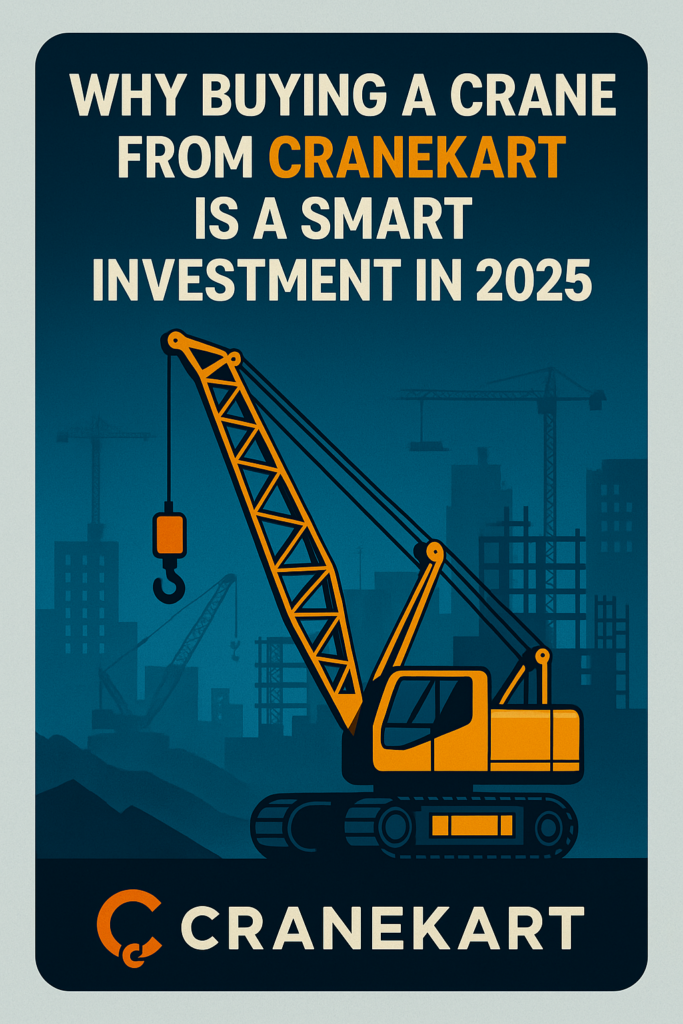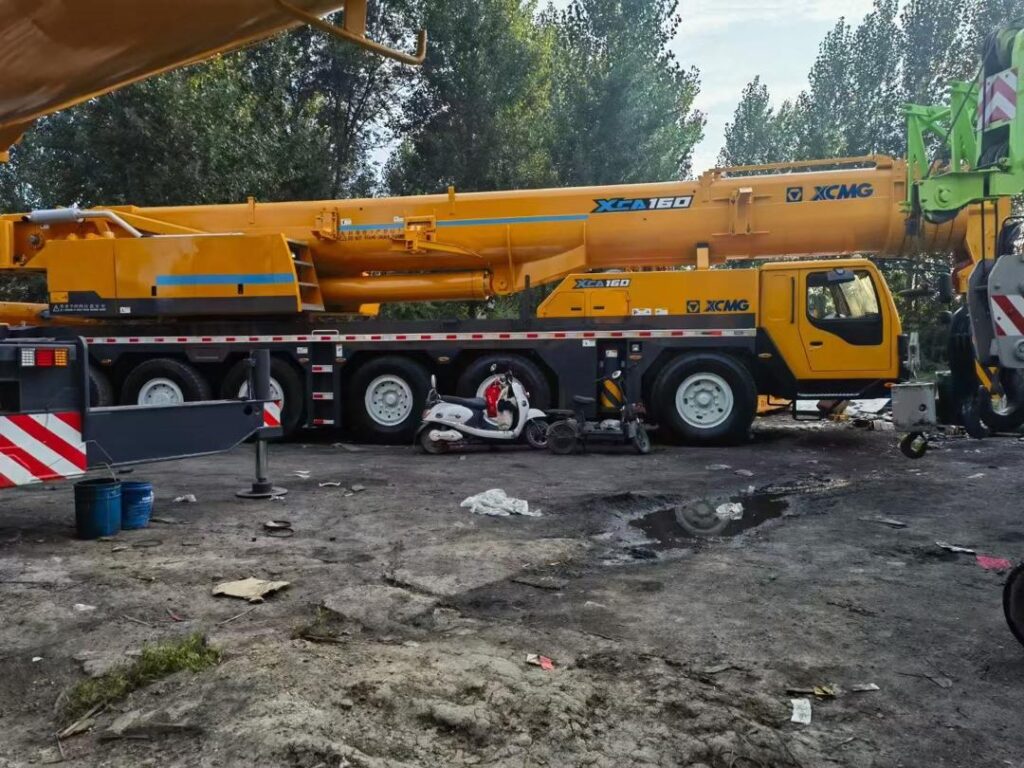📌 “The Ultimate Guide to Tower Cranes: Features, Safety, and Buying Tips”

The Ultimate Guide to Tower Cranes: Features, Safety, and Buying Tips
Tower cranes are essential in the construction industry, playing a vital role in lifting and transporting heavy materials. Whether you are a contractor looking to invest in a crane or an operator ensuring safety at a construction site, understanding tower cranes’ features, safety protocols, and purchase considerations is crucial. This guide provides key insights into tower crane technology, safe operation, and buying strategies.
Understanding Tower Cranes: Features & Types
Tower cranes are designed to handle heavy loads at great heights, offering efficiency in construction projects. Here are the key features and types:
✅ Main Features of Tower Cranes:
- Height & Lifting Capacity: Can reach up to 265 feet with a lifting capacity of 10-20 tons.
- Slewing Mechanism: Allows 360-degree rotation for better maneuverability.
- Counterweight & Stability System: Prevents tipping and ensures balance.
- Remote & Cabin Control: Enhances precision and safety in operations.
✅ Types of Tower Cranes:
- Hammerhead Cranes – Commonly used, offering high lifting capacity and stability.
- Luffing Jib Cranes – Ideal for congested construction sites with limited space.
- Self-Erecting Cranes – Easy to transport and set up, suitable for smaller projects.
Crane Safety: Best Practices for Operators & Contractors
Ensuring safety in crane operations is critical. Here are five key safety tips:
1️⃣ Regular Inspections: Check cables, brakes, and structure before each shift.
2️⃣ Load Management: Never exceed the crane’s load capacity to avoid accidents.
3️⃣ Clear Communication: Use hand signals or radios to coordinate lifts effectively.
4️⃣ Weather Awareness: Avoid operations in high winds or storms.
5️⃣ Proper Training: Operators should have valid certifications and follow site protocols.
Buying Guide: Choosing the Right Tower Crane
Investing in a tower crane requires careful evaluation of multiple factors. Here’s a guide to making the best purchase decision:
✅ Project Requirements: Consider the height, weight capacity, and type of crane suitable for your site.
✅ Brand & Quality: Opt for well-known manufacturers with a reputation for durability and performance.
✅ New vs. Used: While new cranes offer advanced features, used cranes provide cost savings. Always verify maintenance records before purchasing.
✅ Spare Parts Availability: Ensure that replacement parts are accessible for long-term usage.
✅ Cost & Financing: Compare prices and explore leasing options if outright purchase isn’t feasible.
Conclusion
Tower cranes are indispensable in modern construction, and making informed decisions about their operation and purchase is crucial. By following safety protocols, understanding different crane types, and evaluating the right purchase options, contractors and operators can ensure efficiency and security on-site.
For buying and selling used tower cranes, getting operator job updates, or purchasing crane spare parts, connect with CraneKart. We provide reliable solutions for all crane-related needs!
📞 Contact Us Today!












